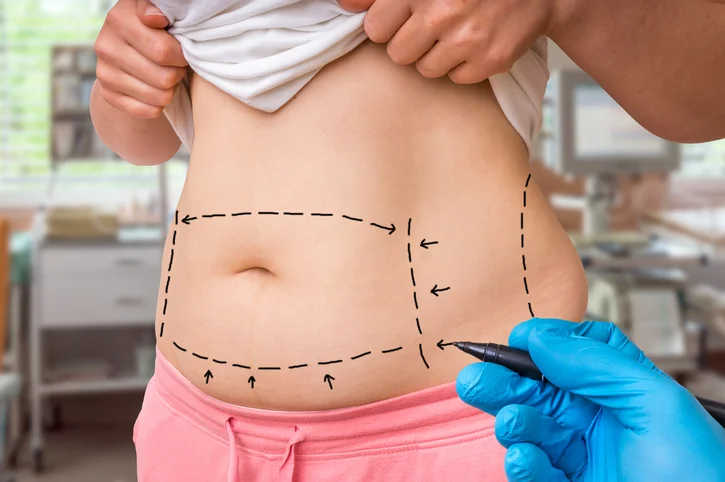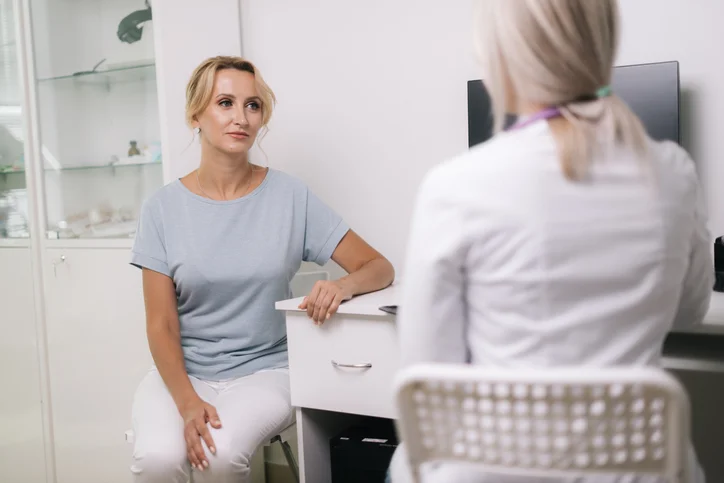Dr. Aguirre and his team strive to provide their patients with knowledge, choice and alternatives. Below are handouts with valuable information regarding various services and conditions.
What is Urogynecology?
Urogynecology is a medical specialty dedicated to the treatment of pelvic floor disorders. This handout informs patients about urogynecology as well as discusses common pelvic floor disorders.
Click here to read the urogynecology handout.
Urodynamic Testing
Urodynamic testing is performed to evaluate current bladder functioning or how bladder function would continue after a prolapse treatment. This handout discusses the test, how it is done and instructions for patients prior to testing.
Click here to read the urodynamic testing handout.
Cystoscopy
Cystoscopy is a procedure where a small catheter-like instrument is advanced into your bladder to project an image. The procedure usually takes less than five minutes. This handout discusses the procedure in more detail.
Click here to read the cystoscopy handout.
Urinary Incontinence
Urinary incontinence is any involuntary loss of urine. This handout discusses the two most common types of incontinence, stress and urge, as well as symptoms and treatments of both types.
Click here to read the urinary incontinence handout.
Pelvic Relaxation/ Vaginal Prolapse
Pelvic relaxation/vaginal prolapse is caused by the weakness of the “pelvic floor.” This handout discusses what this condition is and what causes it as well as symptoms and treatment options.
Click here to read the pelvic relaxation: vaginal prolapse handout.
Painful Bladder Syndrom/ Interstitial Cystitis (PBS/IC)
PBS/IC is chronic medical condition with symptoms like urinary urgency. This handout discusses the condition as well as both surgical and non-surgical treatment options.
Click here to read the PBS/IC handout.
Urethral Instability
Urethral instability is when the uretha relaxes when it is not supposed to, causing you to have an unpredictable urge to urinate. This handout defines urethral instability as well as discusses symptoms, causes and treatment options
Click here to read the urethral instability handout.
Voiding Dysfunction
Voiding dysfunction occurs when there is a lack of coordination between the bladder muscle and the urethra. In addition to discussing voiding dysfunction in more detail, this handout reviews causes, symptoms and treatment options.
Click here to read the voiding dysfunction handout.
Urogenital Atrophy
Urogenital atrophy refers to changes in the vagina and uretha due to declining estrogen levels in these tissues. This handout discusses symptoms of urogential atrophy as well as treatments.
Click here to read the urogenital atrophy handout.
Urethral Irritation
This handout discusses what you should do should you experience urethral irritation following urodynamic testing and cystoscopy.
Click here to read the urethral irritation handout.
Kegel Exercises
Kegel exercises, also known as pelvic floor muscle exercises, strengthen and tone weak pelvic floor muscles. This handout provides information on how to identify your pelvic floor muscles as well as how to perform kegel exercises.
Click here to read the kegel exercises handout.
Pelvic Floor Therapy
Pelvic floor therapy is a variety of techniques used to treat pelvic floor issues, such as urinary incontinence or pelvic pain. This handout discusses pelvic floor therapy techniques used during pelvic floor treatments.
Click here to read the pelvic floor therapy handout.
Vaginal Pessary
A vaginal pessary is a removable device inserted into the vagina to help support pelvic organ prolapse or decrease stress urinary incontinence. This handout discusses pessary care, instructions and precautions.
Click here to read the vaginal pessary handout.
Percutaneous Nerve Evaluation (PNE)
PNE is a test that is performed to determine whether InterStim™ or Axonics® Therapy will improve your urinary symptoms. This handout discusses the PNE test as well as the placement of the InterStim™.
Click here to read the PNE handout.





